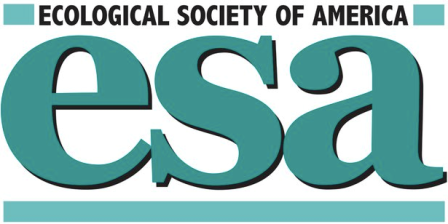DIG into Data FMN (2018)
Overview
|
This is a completed Faculty Mentoring Network (FMN). FMNs are sustained, immersive, community-based professional development opportunities for faculty. FMNs support the adaptation and implementation of materials and/or instructional approaches in their classrooms. Learn more about FMNs. Interested in upcoming FMN opportunities? Sign up for the QUBES Newsletter Browse products from this FMN Visit partner groups for full resource collections |
DIG into Data for the Biology Classroom
A space for data incubation and collaboration
Brought to you by


Goals
- Explore, adapt, and implement new teaching modules using authentic research data
- Develop adaptations of dataset teaching resources for the classroom
Facilitators
- Kaitlin Bonner, St. John Fisher College
- Kristine Grayson, University of Richmond
- Arietta Fleming-Davies, University of San Diego
- Raisa Hernández Pacheco, University of Richmond
Final Products
Closing the Gap in the Open Educational Resources (OER) Life Cycle for Using Research Data in the Ecology Classroom
Version: 1.0
Investigating Determinants of Richness in Ephemeral and Permanent Wetlands Using Linear Models in Shiny
Version: 1.0 Adapted From: Environment-Richness Relationships in Ephemeral and Permanent Wetlands: Guided Inquiry with Graph Interpretation (Abstract) | TIEE v1.0
Biological Diversity in Wetlands: Applying the Scientific Method
Version: 1.0 Adapted From: Environment-Richness Relationships in Ephemeral and Permanent Wetlands: Guided Inquiry with Graph Interpretation (Abstract) | TIEE v1.0
The nose knows: How tri-trophic interactions and natural history shape bird foraging behavior. An introduction to statistical analysis in animal behavior research
Version: 1.0 Adapted From: The nose knows: How tri-trophic interactions and natural history shape bird foraging behavior v1.0
Data Management Adaptation: Correlating Forest Community Dynamics to Climate
Version: 1.0 Adapted From: Data Management using National Ecological Observatory Network's (NEON) Small Mammal Data with Accompanying Lesson on Mark Recapture Analysis v2.1
Climate Change, Phenology, and Community Interactions: Helping students explore the complexity of changing ecosystems
Version: 1.0 Adapted From: The Biology of Climate Change: The effects of a changing climate on migrating and over-wintering species at a high-elevation field station v1.0
Developing quantitative skills for ecological data: the effects of climate warming on phenological variation and species interactions
Version: 1.0 Adapted From: The Biology of Climate Change: The effects of a changing climate on migrating and over-wintering species at a high-elevation field station v1.0

